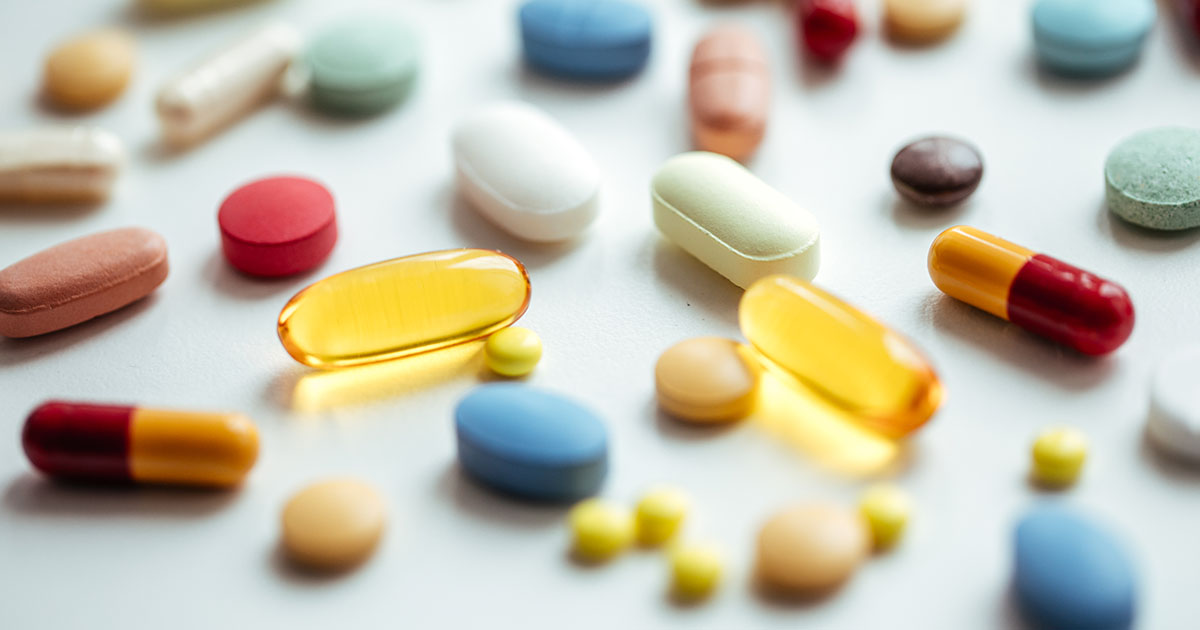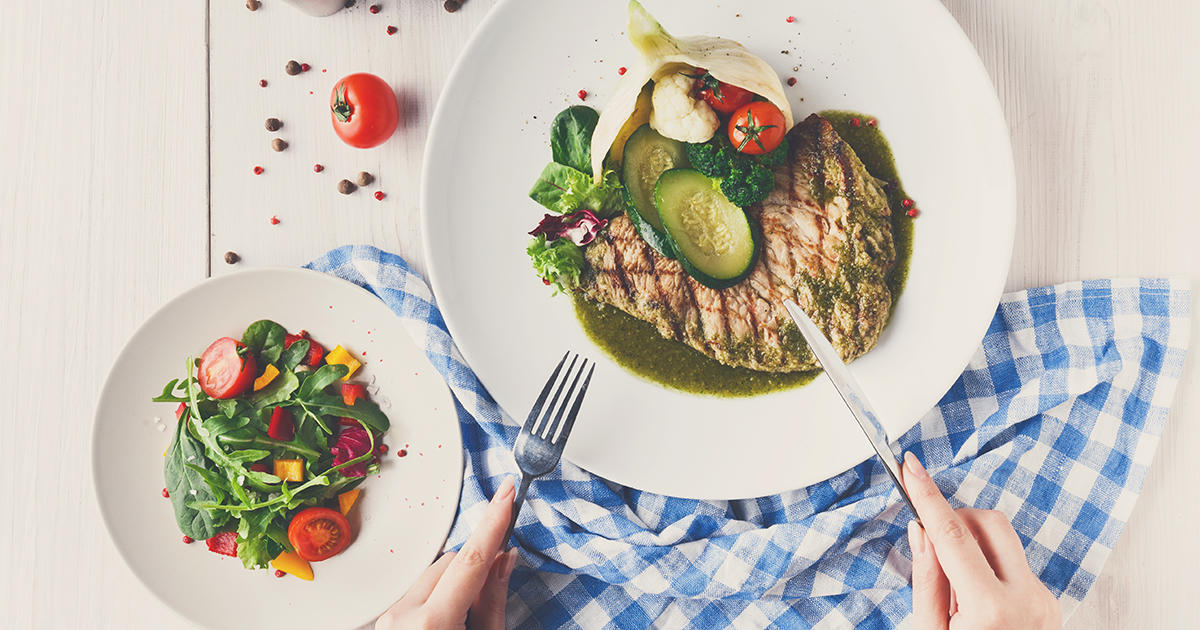Effective Remedies To Relieve Your Gallbladder Pain
Gallbladder pain can strike suddenly—and when it does, all you want is relief. Whether it's triggered by gallstones, sluggish bile flow, or a malfunctioning valve, this type of discomfort can be intense and persistent. While it’s essential to follow your doctor’s guidance, there are also simple, practical steps you can take at home to ease the pain and prevent future flare-ups. That’s why we’ve expanded our list to include 11 helpful ways to relieve gallbladder pain and support better digestive health. From smart dietary tweaks to gentle remedies, these tips can make a real difference when discomfort strikes. Let’s dive in.
1. Anti-Inflammatory Medication

By working to reduce the inflammation at the source, anti-inflammatory medication is generally the go-to for prompt relief of gallbladder pain. Unlike typical pain relievers, anti-inflammatories do not only work with pain receptors in the brain. These medications can be steroids or non-steroidal anti-inflammatory medication, commonly referred to as NSAIDs. Steroids are derived from hormones to work against inflammatory response while NSAIDs prevent certain enzymes from causing inflammation. Physicians must prescribe steroids, though patients can get non-steroidal anti-inflammatory medication either with a prescription or over-the-counter. Patients must take all medications as directed to reduce the potential risk of side effects.
2. Eat A Balanced Diet

While eating the right foods may not cure all instances of gallbladder issues, the right foods can play a significant role in the reduction of painful symptoms. When individuals eat a lot of fatty foods, especially those high in cholesterol, it makes the liver and gallbladder work harder to digest food properly, causing gallbladder pain. Eat a balanced diet by adding foods low in added sugars, low in fat and cholesterol, and high in fiber. Opt for whole foods and whole grains rather than processed or highly refined choices.
